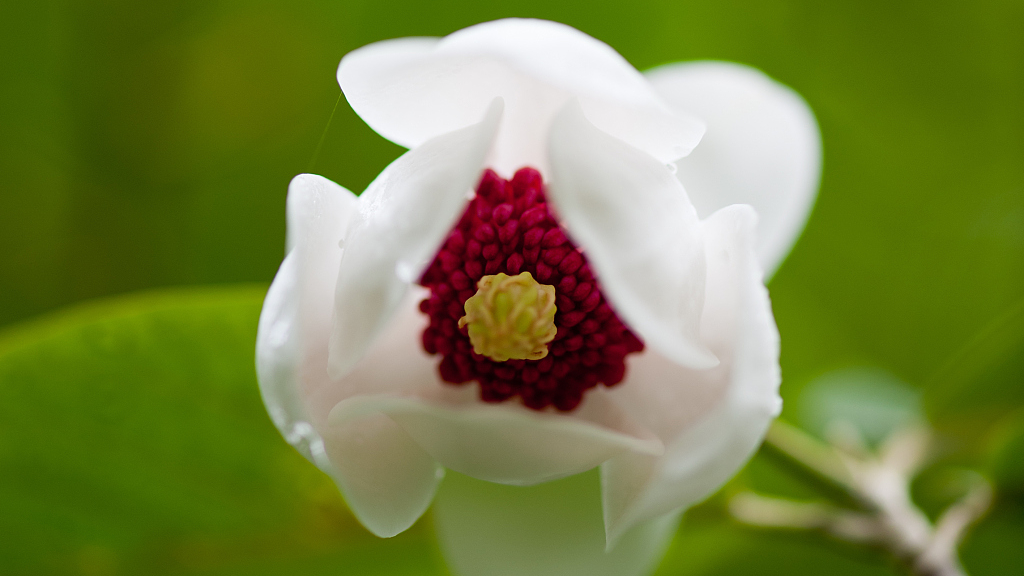
Siebold's magnolia, or "heavenly maid flower" in Chinese. /VCG Photo
Siebold's magnolia, or "heavenly maid flower" in Chinese. /VCG Photo
The delicate white flower in the picture above is Siebold's magnolia, also known as Korean mountain magnolia and Oyama magnolia. In China, it has a more romantic name: Tiannv Hua, meaning "the heavenly maid flower."
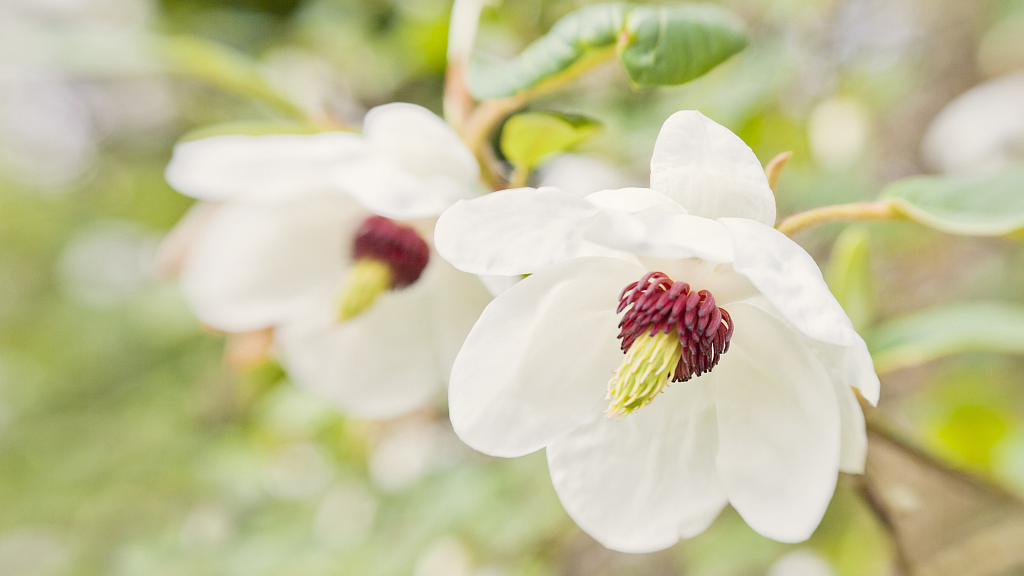
Siebold's magnolia, or "heavenly maid flower" in Chinese. /VCG Photo
Siebold's magnolia, or "heavenly maid flower" in Chinese. /VCG Photo
As the flower of Liaoning, a northeastern province in China, the Siebold's magnolia mainly grows in northern and eastern part of China, as well as Japan and the Korean peninsula. It blossoms in early summer, when the whole tree is covered with snow white flowers, with rich, sweet fragrance in the air. Chinese people associate the beautiful scene with the legend of fairies scattering flowers from the heaven. This is how the flower gains its name.
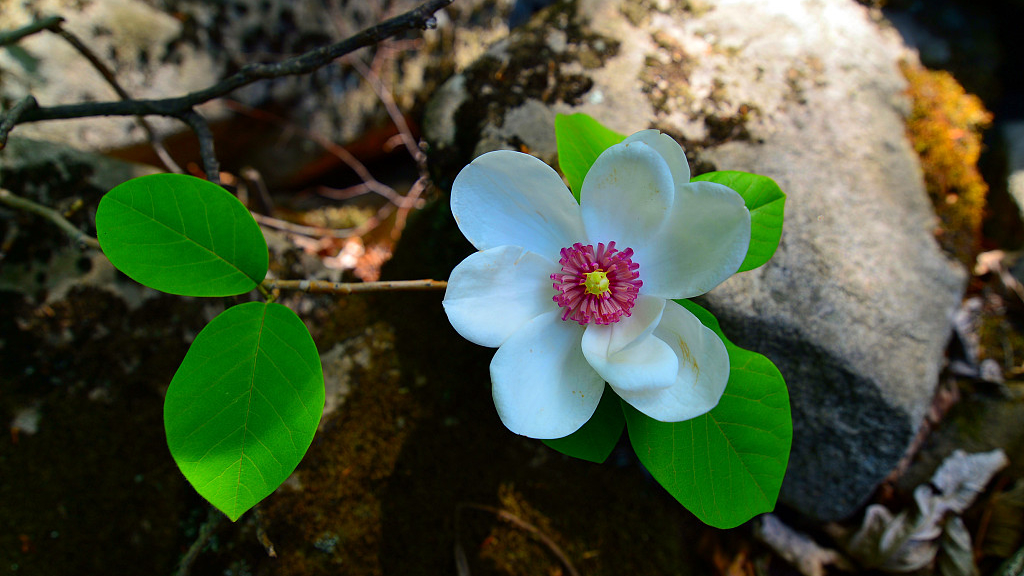
The Siebold's magnolia in Chengde, Hebei, another northern province of China. Scientists cherish the plant as a "living fossil" because they are believed to have survived the last glacial period in Quaternary Period. /VCG Photo
The Siebold's magnolia in Chengde, Hebei, another northern province of China. Scientists cherish the plant as a "living fossil" because they are believed to have survived the last glacial period in Quaternary Period. /VCG Photo
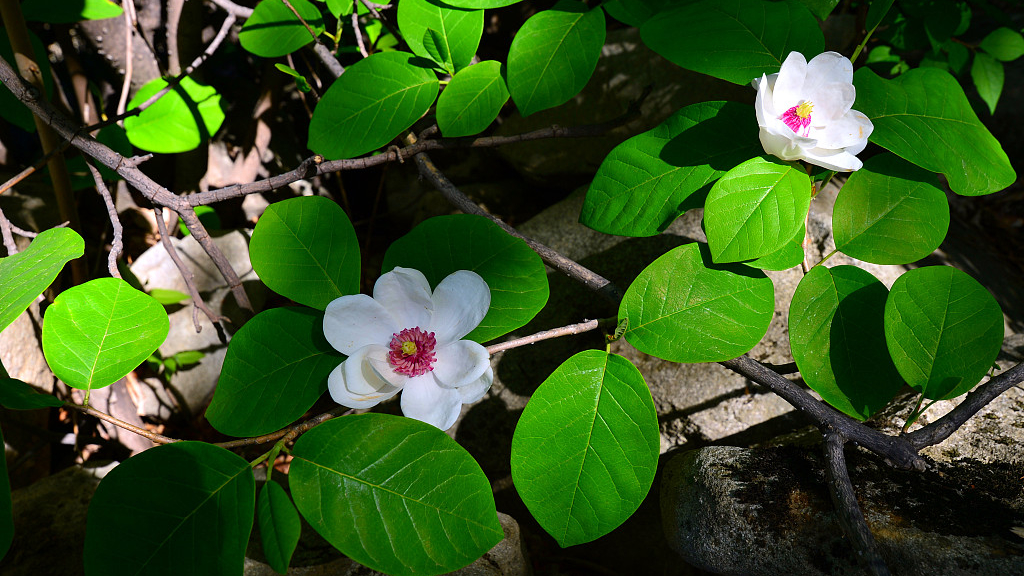
The Siebold's magnolia in Chengde, Hebei, another northern province of China. Scientists cherish the plant as a "living fossil" because they are believed to have survived the last glacial period in Quaternary Period. /VCG Photo
The Siebold's magnolia in Chengde, Hebei, another northern province of China. Scientists cherish the plant as a "living fossil" because they are believed to have survived the last glacial period in Quaternary Period. /VCG Photo
The Siebold's magnolia is favored for its rich fragrance. People grow the plant to extract aromatic oil from its flowers, leaves, stems, even the husk of its seeds. It is also a widely grown decorative garden plant for its beautiful, long-lasting blossoms. As a small tree or large shrub, the Siebold's magnolia also produces quality wood.
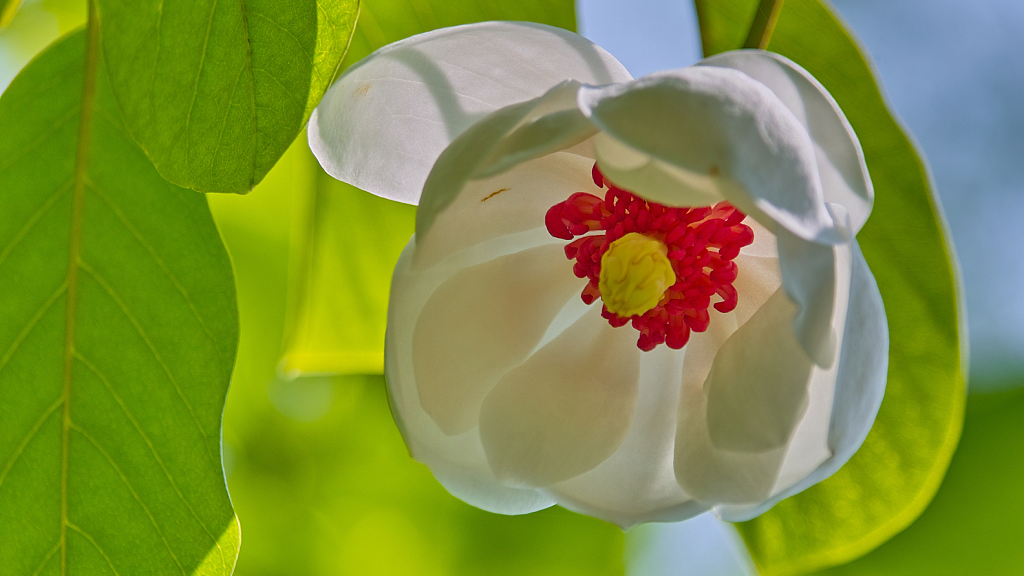
Siebold's magnolia, or "heavenly maid flower" in Chinese. /VCG Photo
Siebold's magnolia, or "heavenly maid flower" in Chinese. /VCG Photo
China's Flora Tour
From the wetlands along the coast to the dense rainforests hidden in the southwest of China, all boast an array of plant species. In this series, CGTN will go on a tour to learn about some of the most iconic flora in different provinces and see how they live in harmony with the local climate and topography.
(Cover photo via VCG, designed by CGTN's Qu Bo)
(If you want to contribute and have specific expertise, please contact us at nature@cgtn.com)